

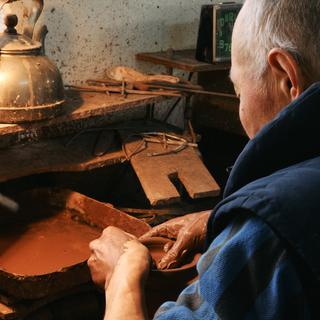
In Japan, the spirit of mingei is still alive
FeatureTheir strength lies in patience and the ancestral skills they bring to the workbench every day, working in the spirit of mingei – a folk art movement launched in 1925, of which they are the heirs. A century later, these lacquerers, potters, weavers and dyers who celebrate the simple beauty of everyday objects stand as resisters.
In the southwest of Nagano Prefecture, nestled in the Kiso Valley, two hours' walk from Mount Ontake – the second-highest active volcano in the archipelago, with its peak at over 3,000 meters – time stands still. Kiso-Hirasawa, a village of 1,000 inhabitants, had fallen asleep under a thick blanket of snow. At the edge of a lane by a branch of the Kiso River, a rustic sign with burnt folds points to the Urushi Kobo Ishimoto Tamamizu workshop. It's there, in the back of a narrow, windowless room, among displays of tools, stiff brushes, bowls and other glossy objects, cups and drying dishes, that Norio Ishimoto works alongside his wife, Akiko Ishimoto. With his head bowed and a cypress wood spatula in hand, the 77-year-old craftsman energetically applied a base coat to the curves of a thin-lipped chestnut wood bowl. This red urushi is a lacquer made from the resinous sap of sumac trees, or ki-urushi ("lacquer shrubs"), colored with pigments.
In front of him, on his small table-desk, a Van Gogh-like tableau took shape: a red-orange sunflower, a sun in paste, haloed in black and blue-green tones. "The finish of the object is essential," said Ishimoto. "I apply dozens of layers to protect the wood and give it its coating and varnishing of a red or an orange-brown color."
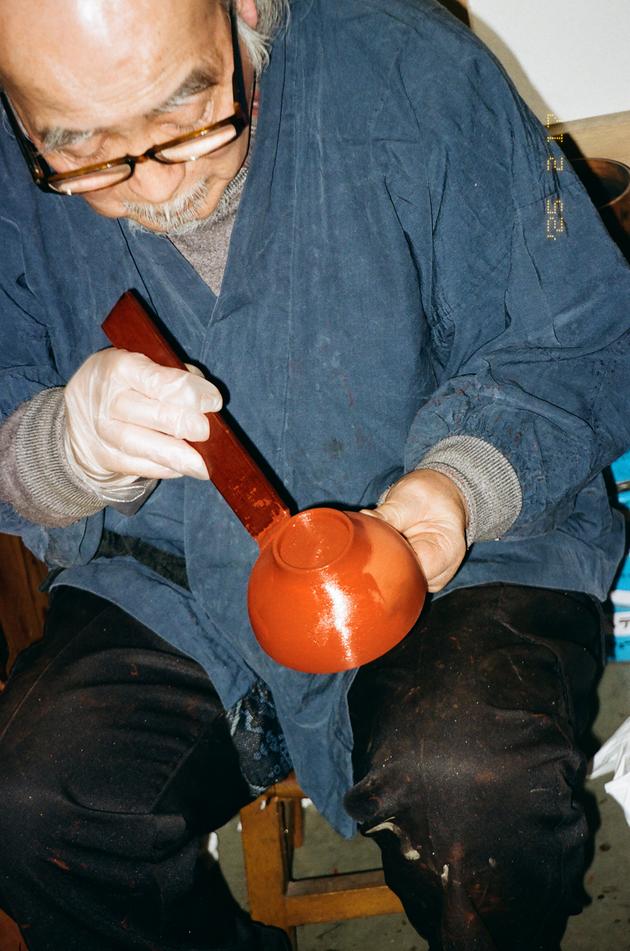
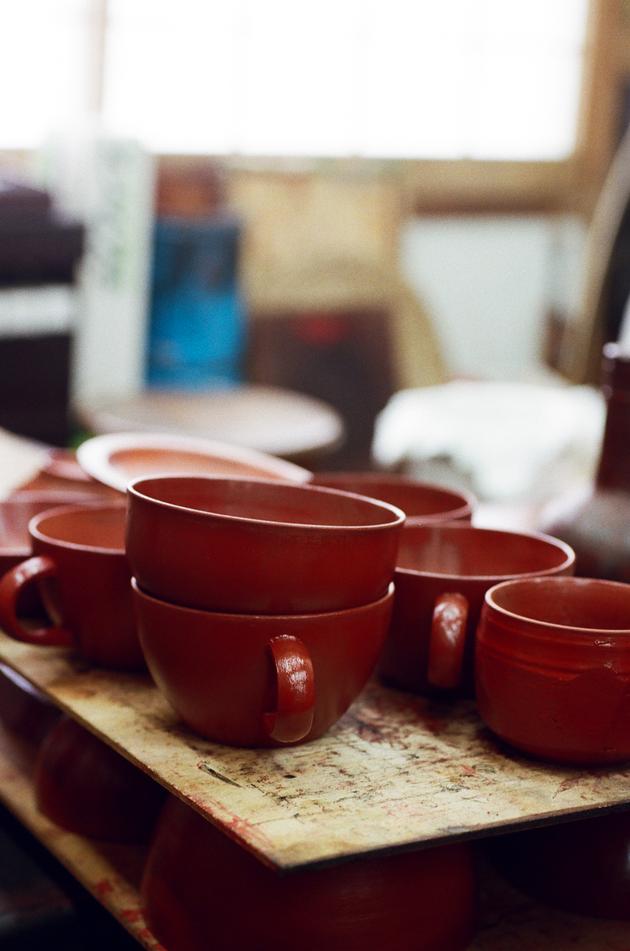
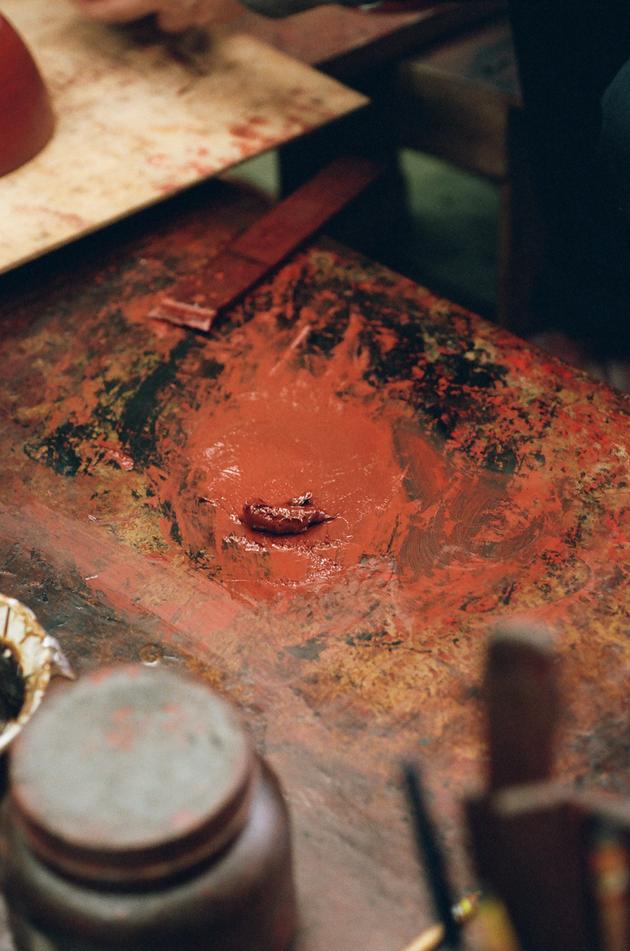
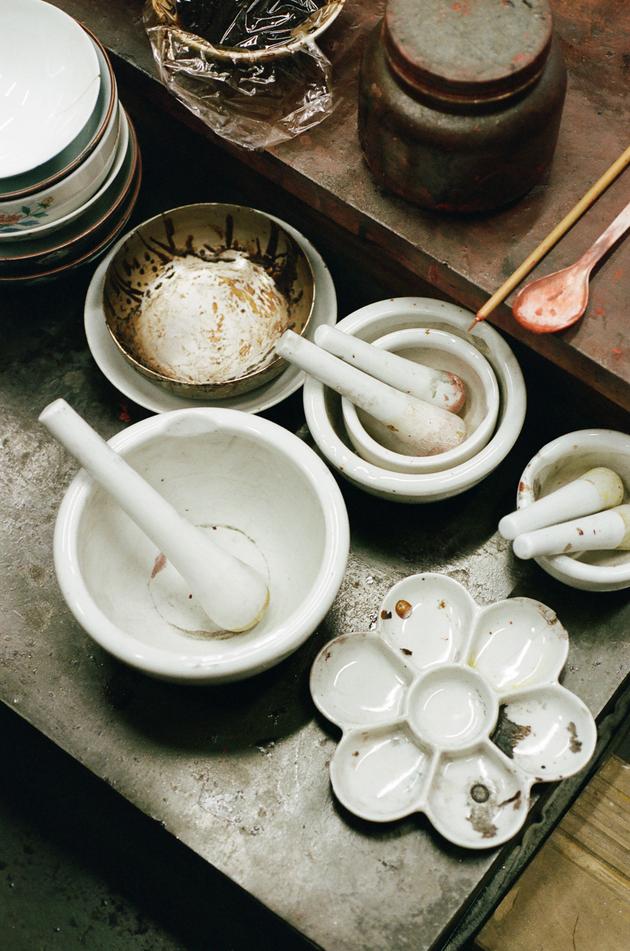
Norio Ishimoto is one of 60 master lacquerers in Kiso-Hirasawa, where 200 workshops renowned for the art of Kiso-shikki ("Kiso lacquer," with perfect, very light finishing) have perpetuated this skill for four centuries. Born in this village, he was trained in urushi by his father when he was a child. It's a "passion" and a legacy that has been passed down in his family for four generations.
You have 86.21% of this article left to read. The rest is for subscribers only.
